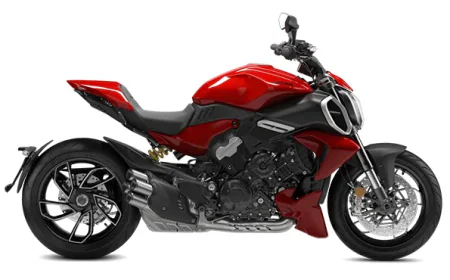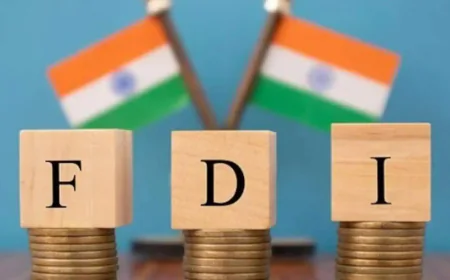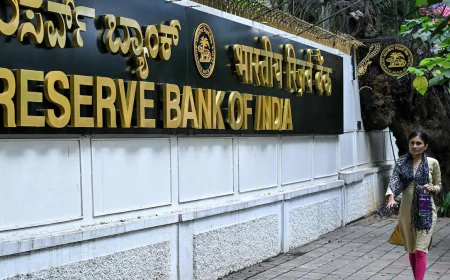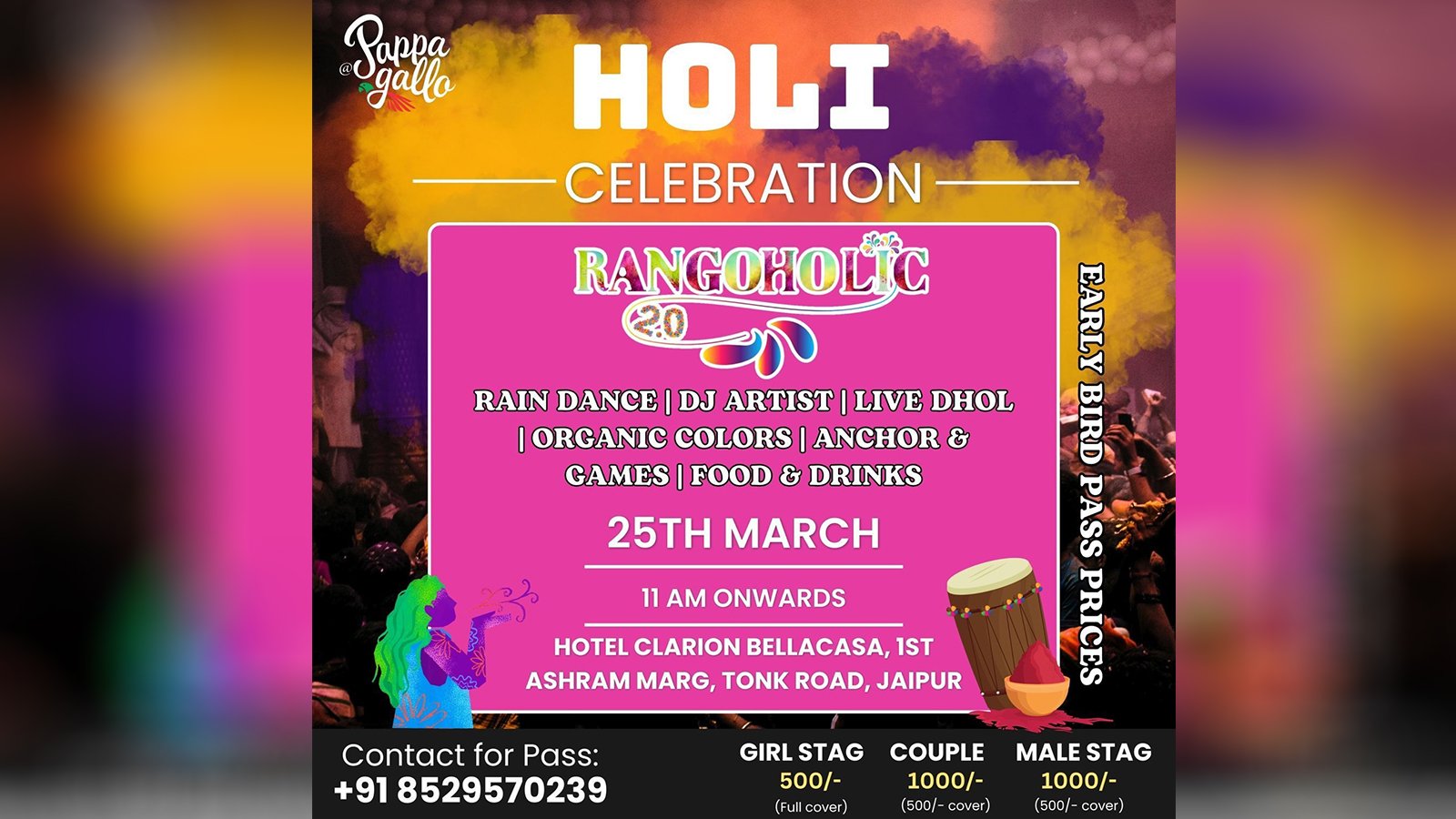Digital Marketing as a tool for creativity and innovation- By: Lakshya Mehta
Creativity in digital marketing refers to the ability to generate innovative ideas and approaches, while innovation involves the effective implementation of those ideas to create tangible business impacts.

Creativity in digital marketing refers to the ability to generate innovative ideas and approaches, while innovation involves the effective implementation of those ideas to create tangible business impacts. This distinction is crucial, as it allows brands to engage audiences through compelling campaigns and deliver messages that resonate emotionally with their target markets. These fundamental definitions are essential for understanding how digital marketing serves as a powerful tool for creativity and innovation. It’s clear that strong marketing communication grabs attention and captures the interest of customers or clients.
In the fast-paced and competitive realm of digital marketing, creativity and innovation are non-negotiable pillars of success. Creativity transcends mere aesthetics; it encompasses storytelling, problem-solving, and crafting unique experiences that forge emotional connections with audiences. Whether delivered through social media, websites, or blogs, creative content commands attention, differentiates brands, and leaves a lasting impression. A striking colour palette or bold typography can stop a user in their tracks, while a clean, intuitive website design enhances user experience and drives conversions. It takes time—anywhere from one week to three months or longer—to convert a customer into a loyal buyer, influenced by elements such as design, theme, colour, packaging, wording, and presentation.
Innovation, in contrast, propels digital marketing forward by leveraging cutting-edge technologies to create smarter, more efficient campaigns. Tools like artificial intelligence (AI) enable hyper-personalized experiences through data analysis, while automation streamlines repetitive tasks like email marketing and ad placement. Voice search optimization ensures brands remain visible as consumers increasingly rely on voice assistants like Alexa and Siri. Beyond technology, innovation also extends to business model adaptations, such as subscription-based services or direct-to-consumer (D2C) strategies, which align with the demands of the digital age. Emerging technologies like augmented reality (AR) and virtual reality (VR) further push boundaries, offering immersive experiences that captivate audiences in unprecedented ways. AR brings digital objects to life in 3D, whereas VR delivers immersive experiences through 3D near-eye displays and pose-tracking technology, simulating real-world interactions. In today’s world, we have to be dynamic, which means who can adapt to every situation. Companies that are not adapted to new technologies will not be able to survive in the competitive environment. Creativity is about something that looks different, and innovation means how that creativity can bring change in the organization, for example: E-books like Kindle are saving the environment by making users read books electronically and web3 marketing, which involves blockchain technology to reach target audiences in a more personalized way.
Want to get your story featured as above? click here!
Want to get your story featured as above? click here!
Graphic design is the essential bridge between creativity and innovation, utilizing visual elements like images, colours, typography, and shapes to convey messages effectively. It guarantees that every interaction with a brand—across social media, websites, or blogs—is visually cohesive and aligned with the brand’s identity. A well-designed social media post featuring custom illustrations and a consistent colour scheme can instantly grab attention, while a seamless user interface enhances engagement and reduces bounce rates. Graphic design empowers brands to tell their stories visually, making content more relatable and memorable.
To create lasting value, companies must abandon outdated methods and fully embrace dynamic, innovative ideas. In a content-saturated world, the key to standing out is to set trends rather than follow them. Interactive augmented reality experiences allow customers to "try before they buy," while blogs incorporating video content and animations are inherently more engaging. Achieving success hinges on understanding the audience, maintaining consistency, prioritizing user experience, experimenting with new trends, and telling compelling stories.
In conclusion, creativity and innovation are not mere buzzwords; they are essential components of digital marketing success. When integrated with the power of graphic design, they enable brands to navigate the competitive "red ocean" effectively, forge lasting connections with their audiences, and meet organizational goals. As technology continues to evolve, the opportunities for creativity and innovation in digital marketing will expand, offering brands new ways to captivate audiences and create lasting impacts. Those who fully embrace this synergy will not just survive; they will thrive and define the future of marketing in the digital age. By investing in creative storytelling, leveraging advanced technologies, prioritizing graphic design, experimenting with trends, and maintaining an audience-first approach, brands can secure a powerful, differentiated presence in the digital landscape, foster loyalty, and drive long-term success. Creativity and Innovation are very important parts in the field of Digital Marketing, as they make content look attractive, grow social media followers, make things look more precise, understandable, and can even help in achieving organizational goals.
A change can led to better transformation, if we come out of our comfort zone- Lakshya Mehta















































































